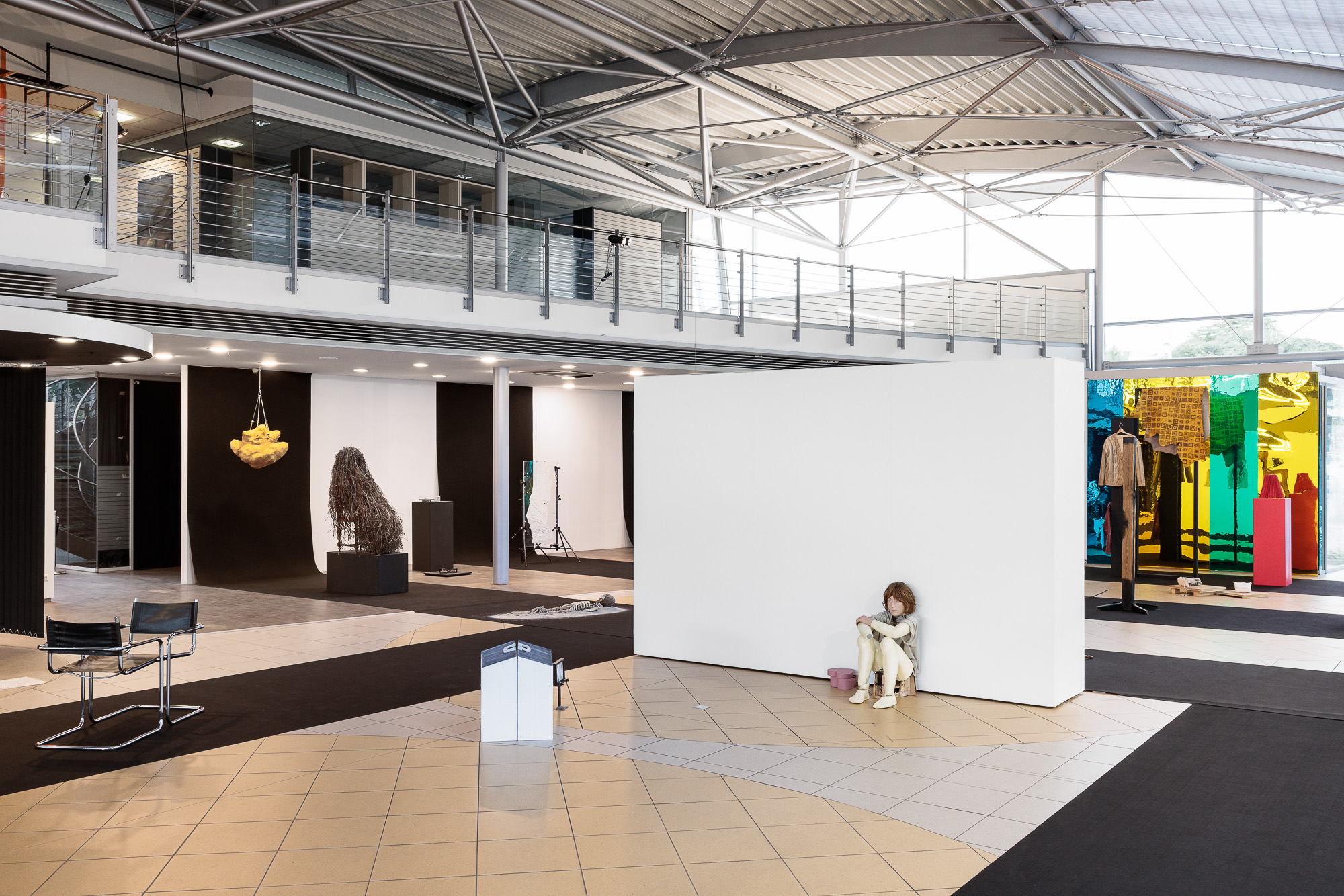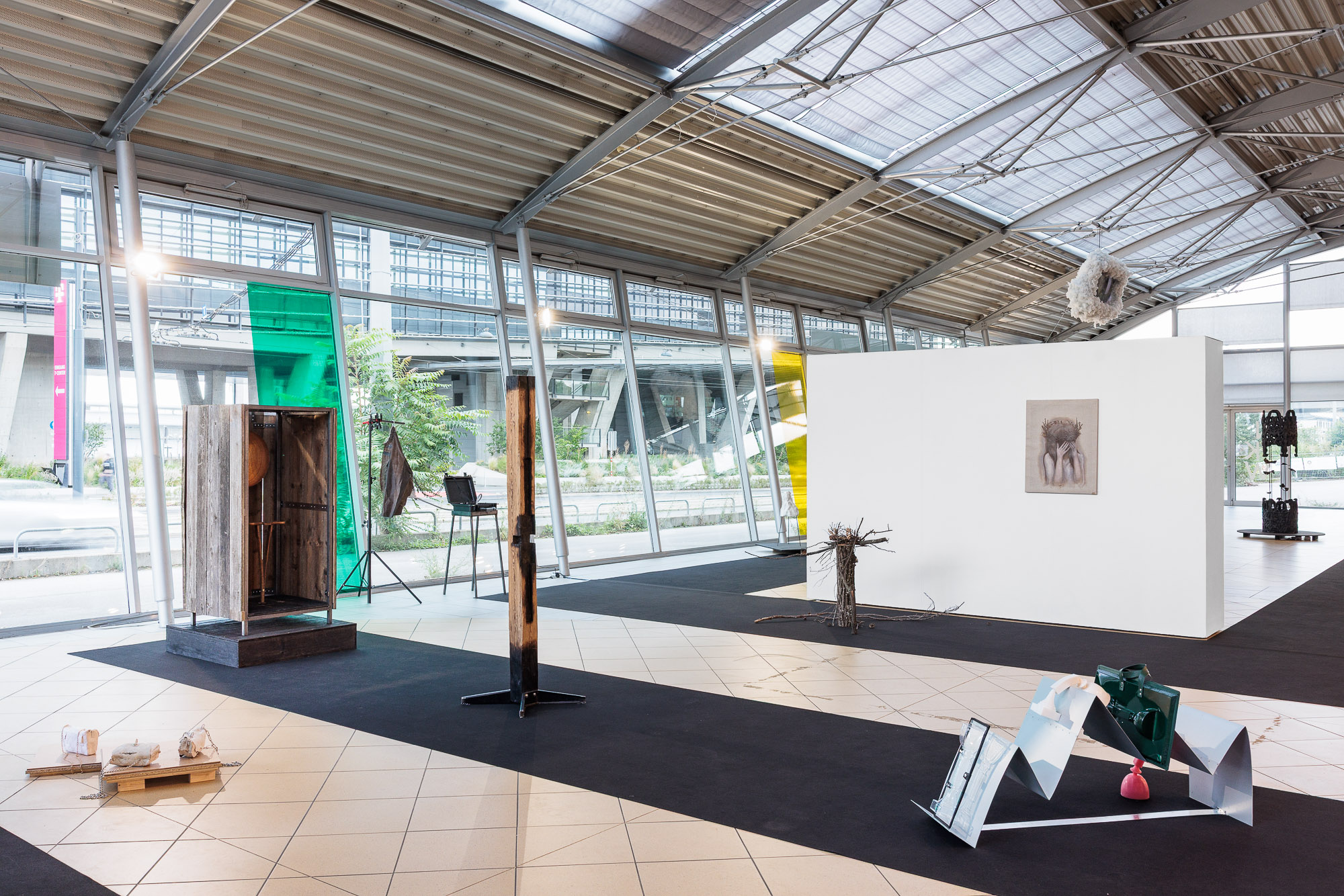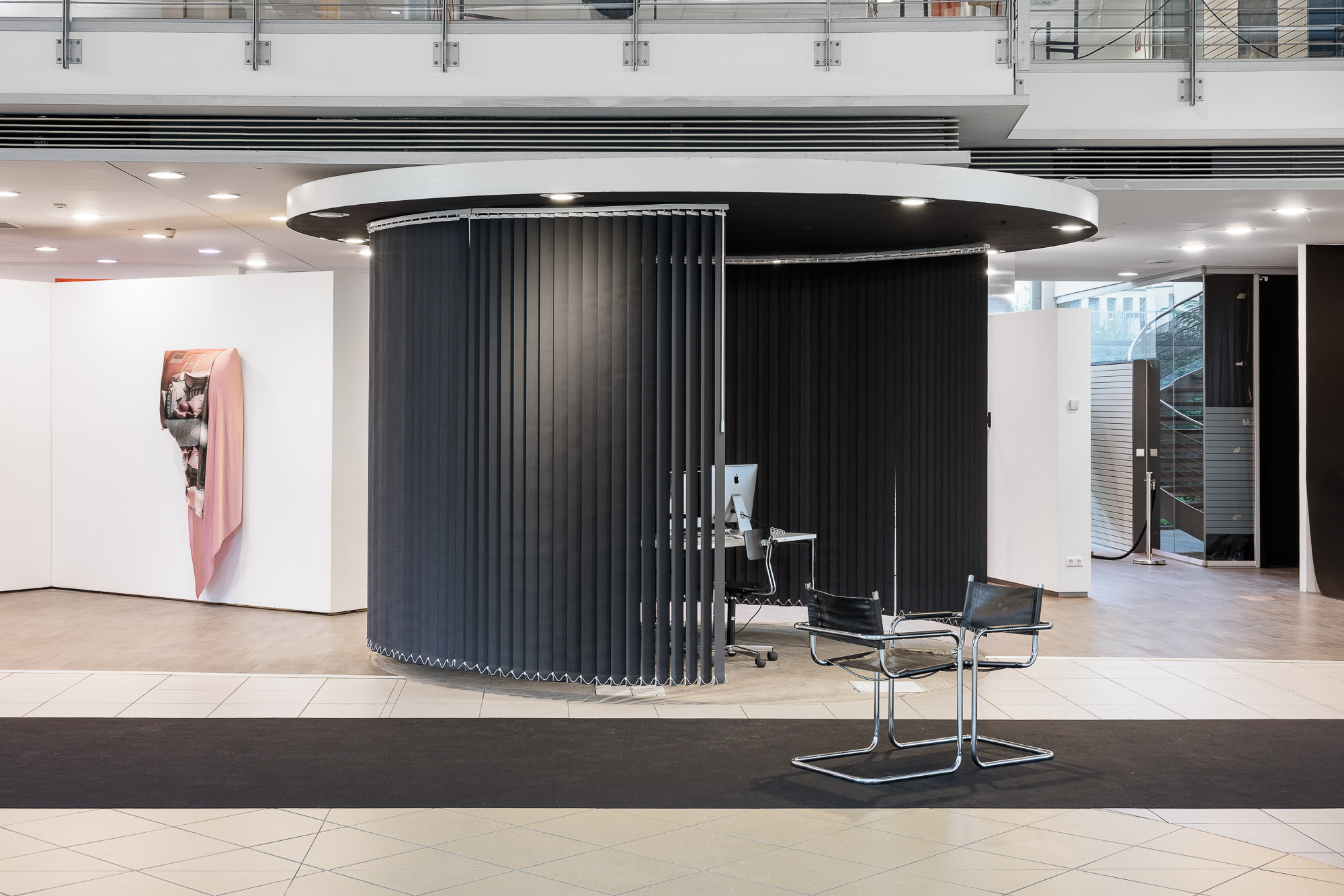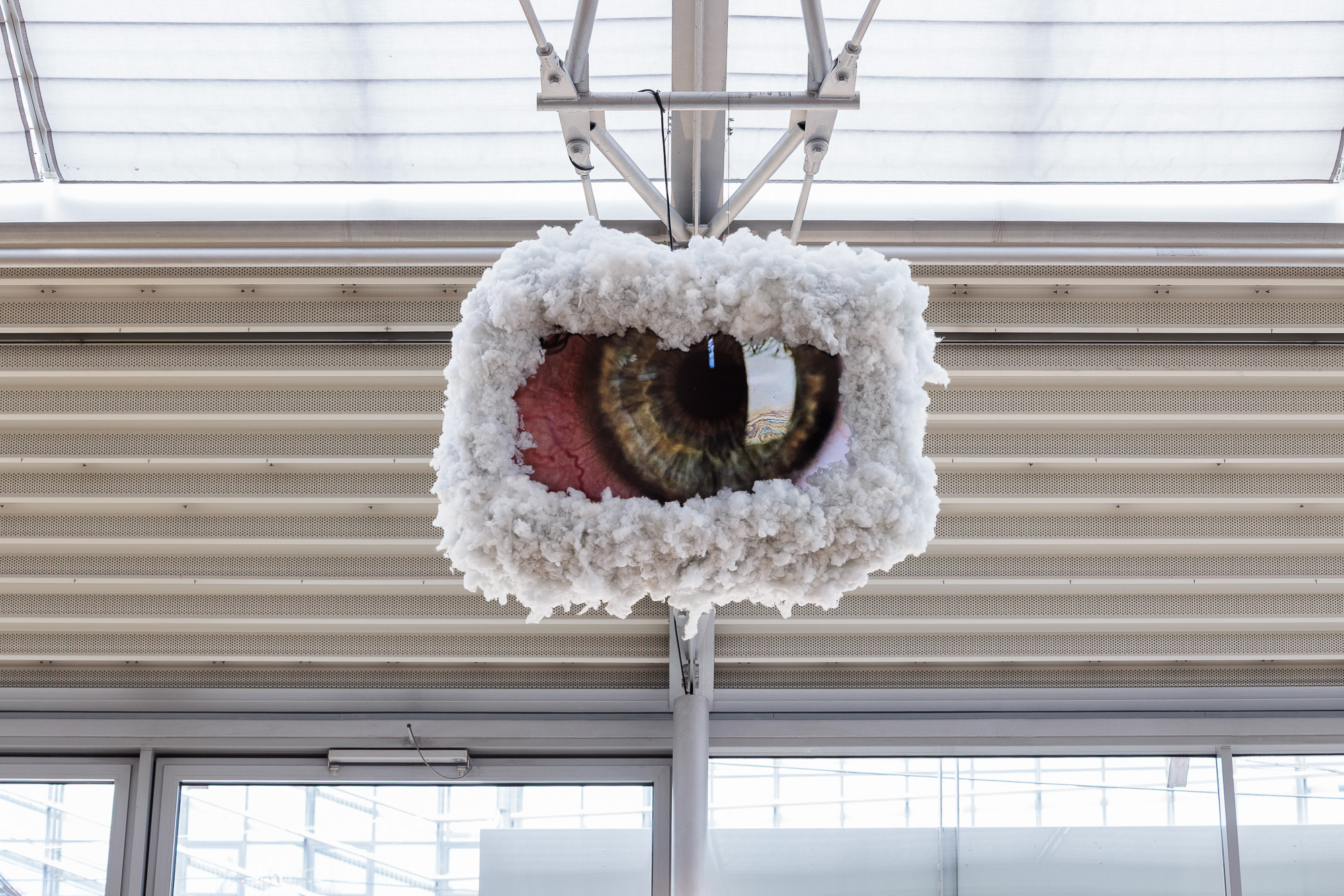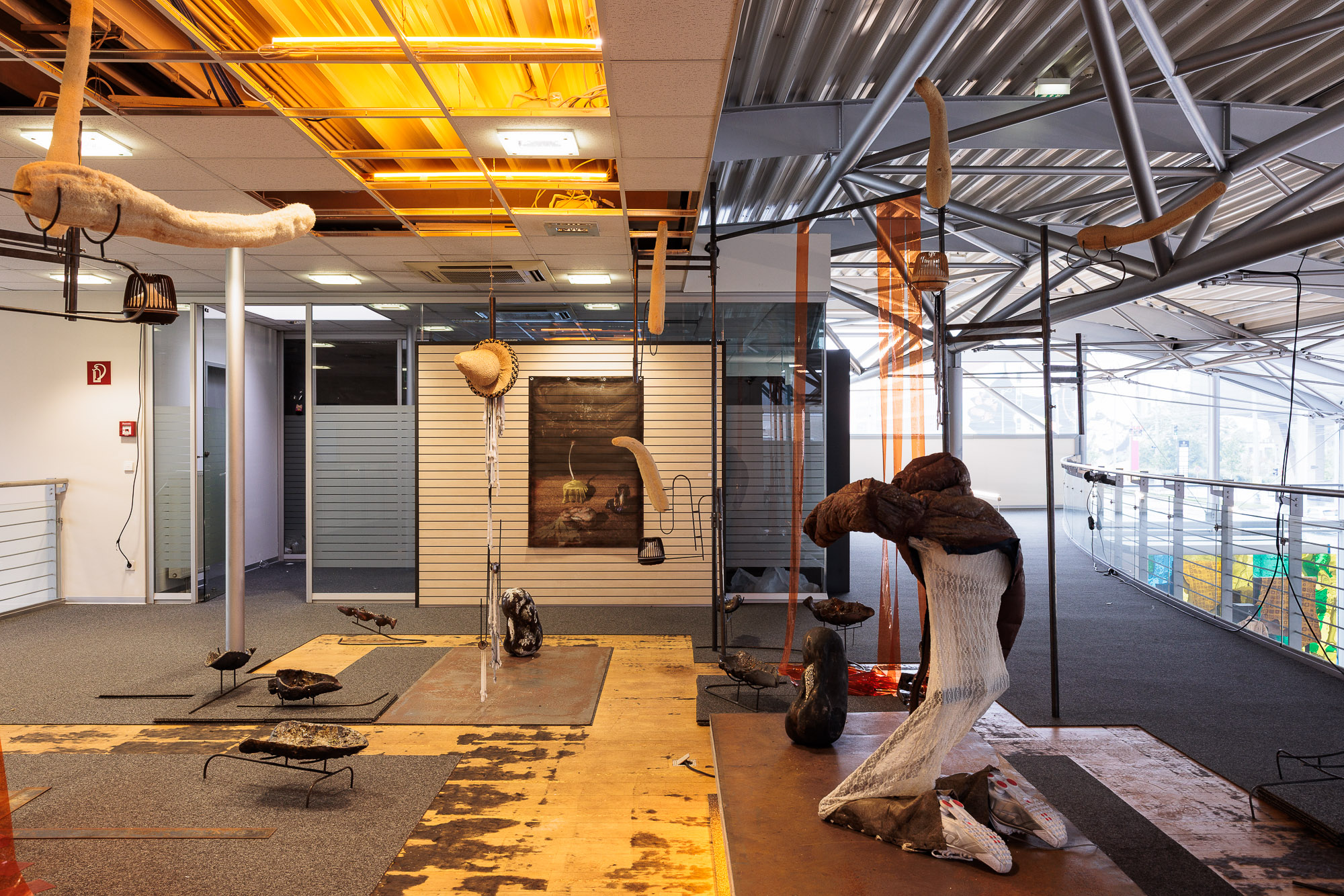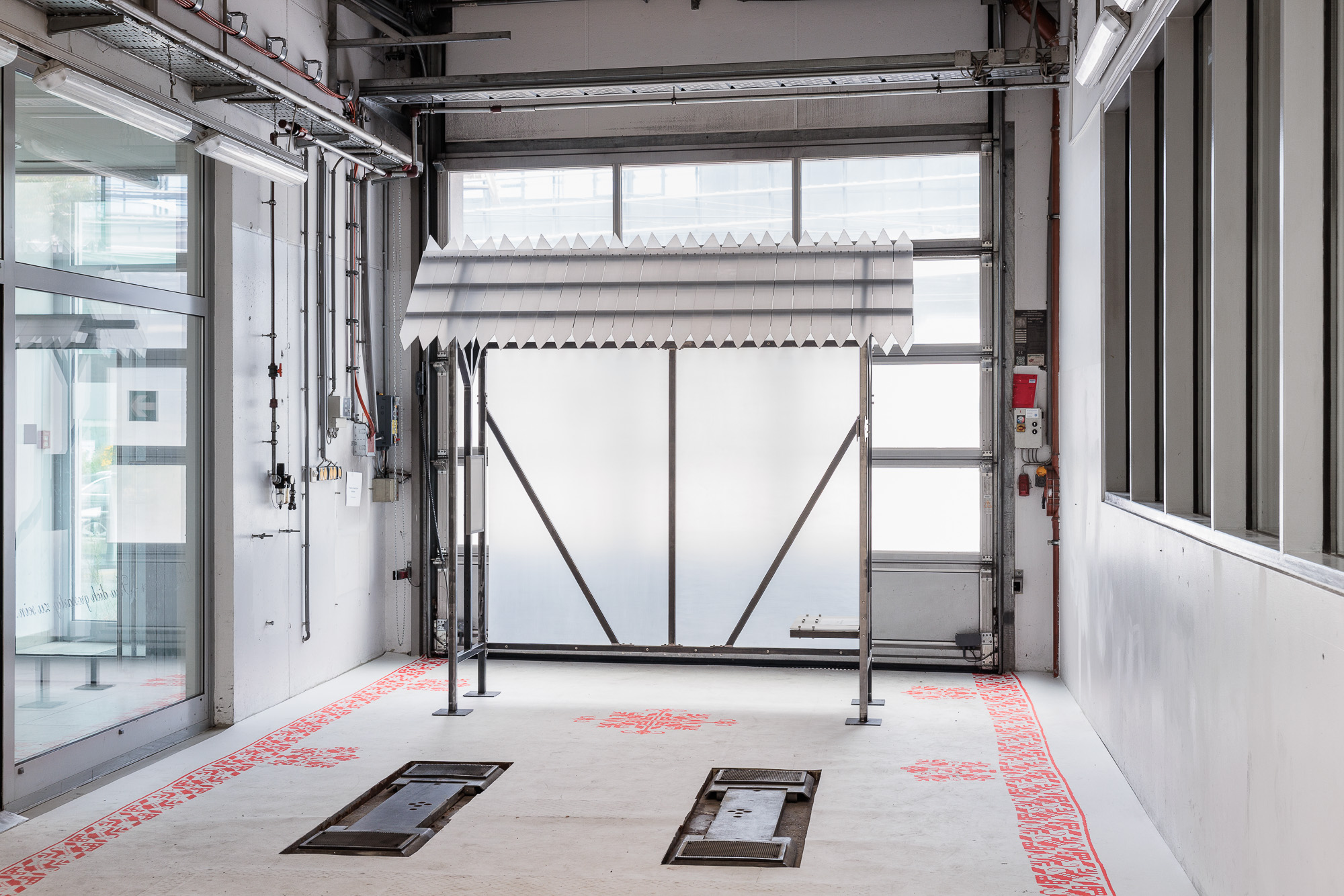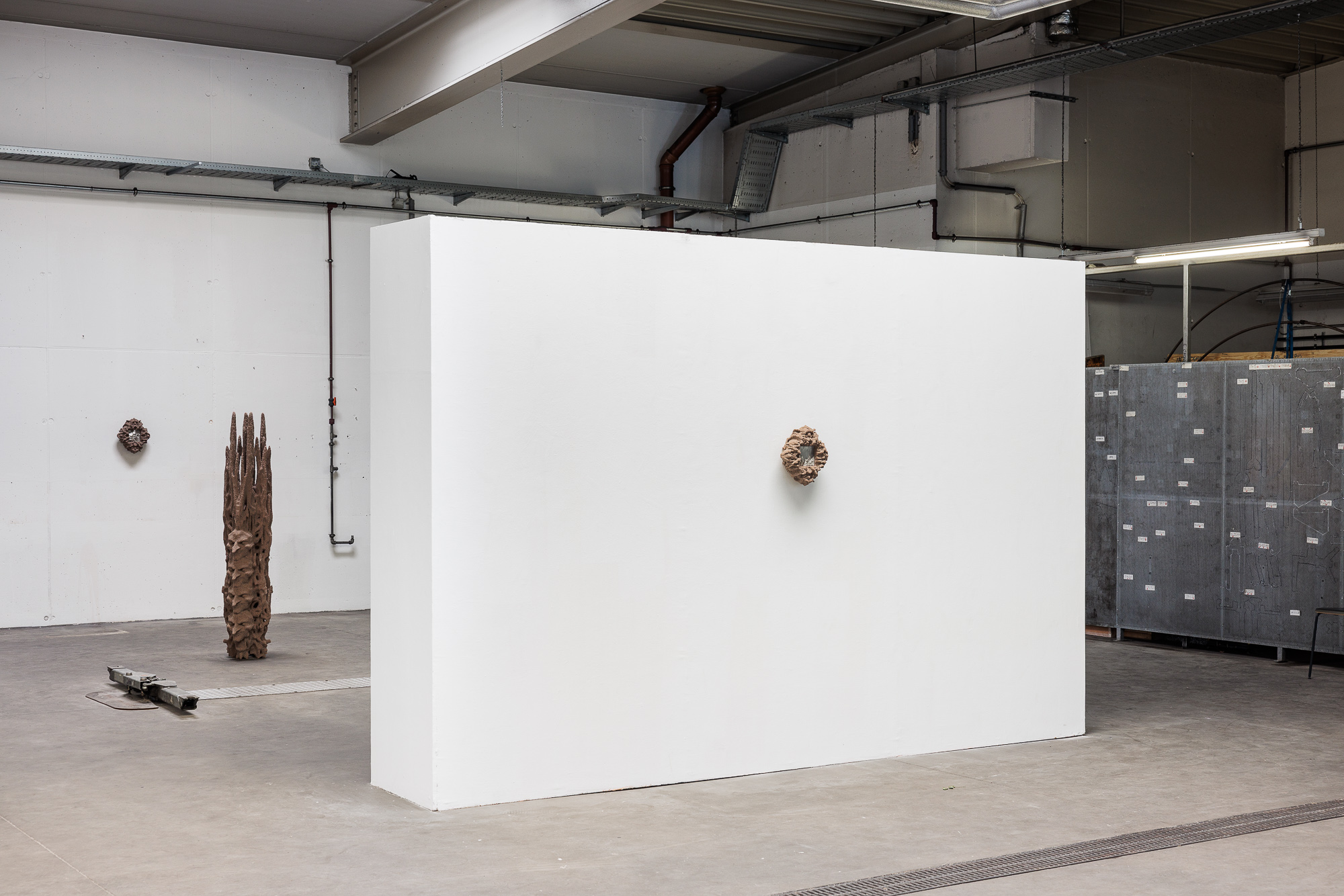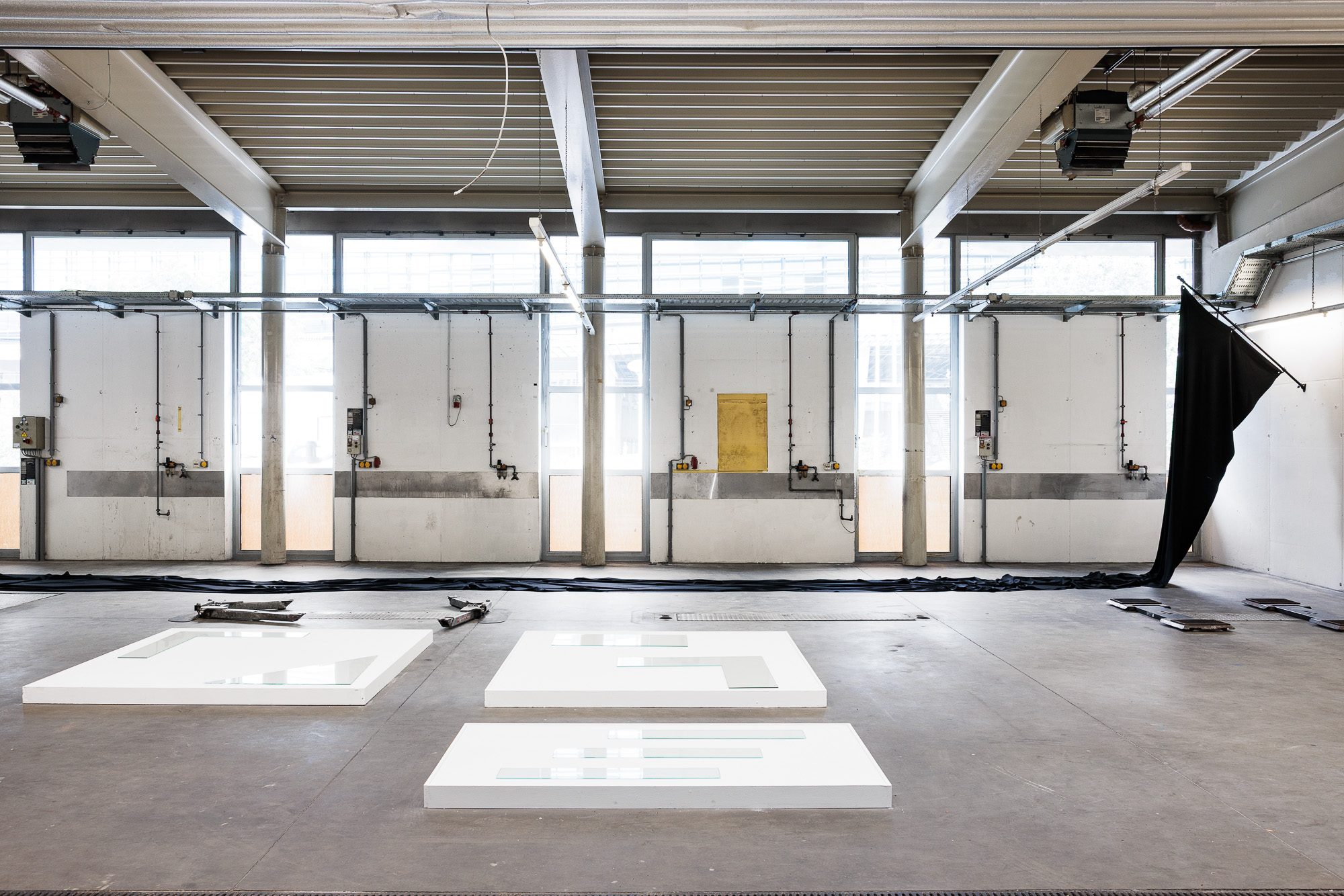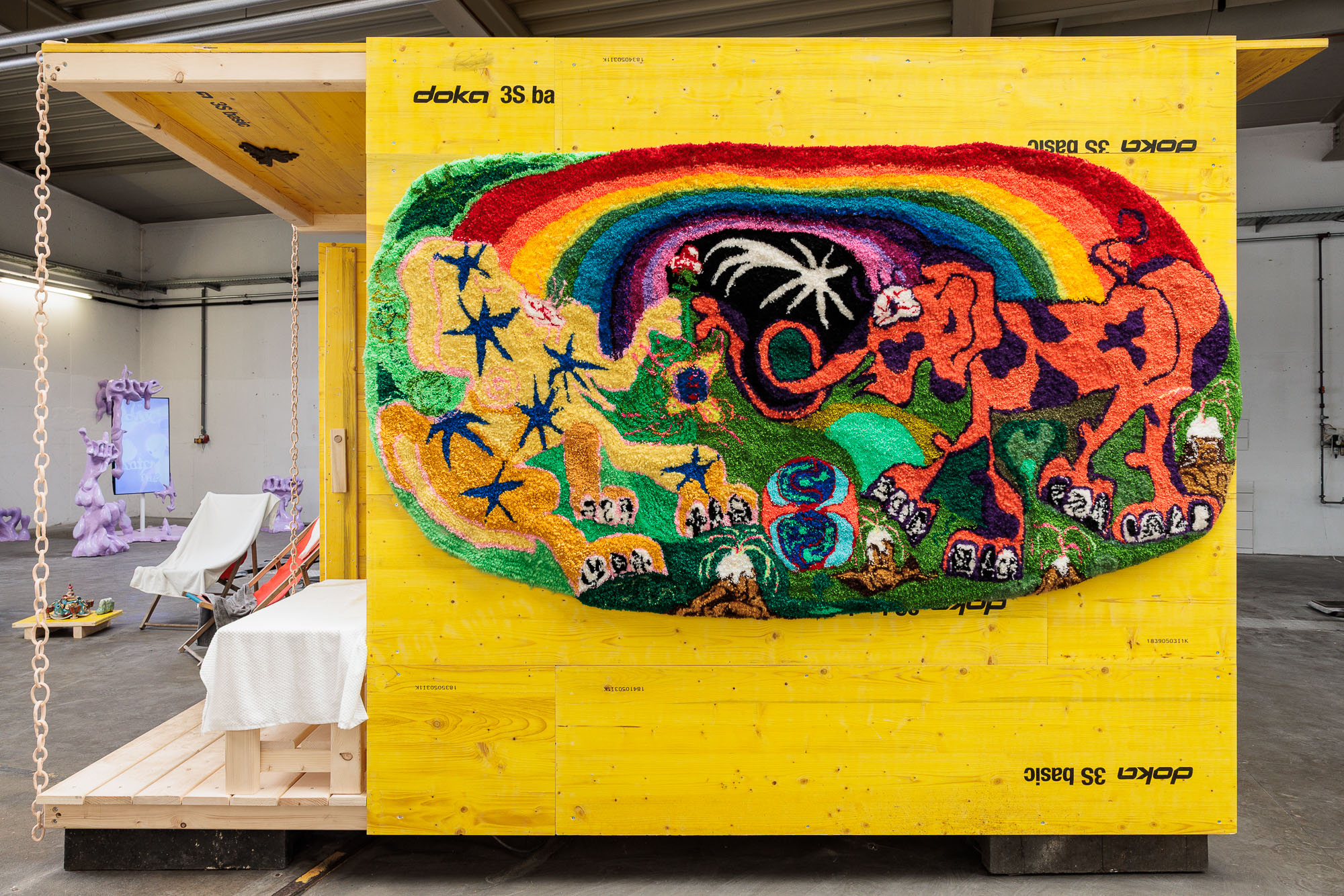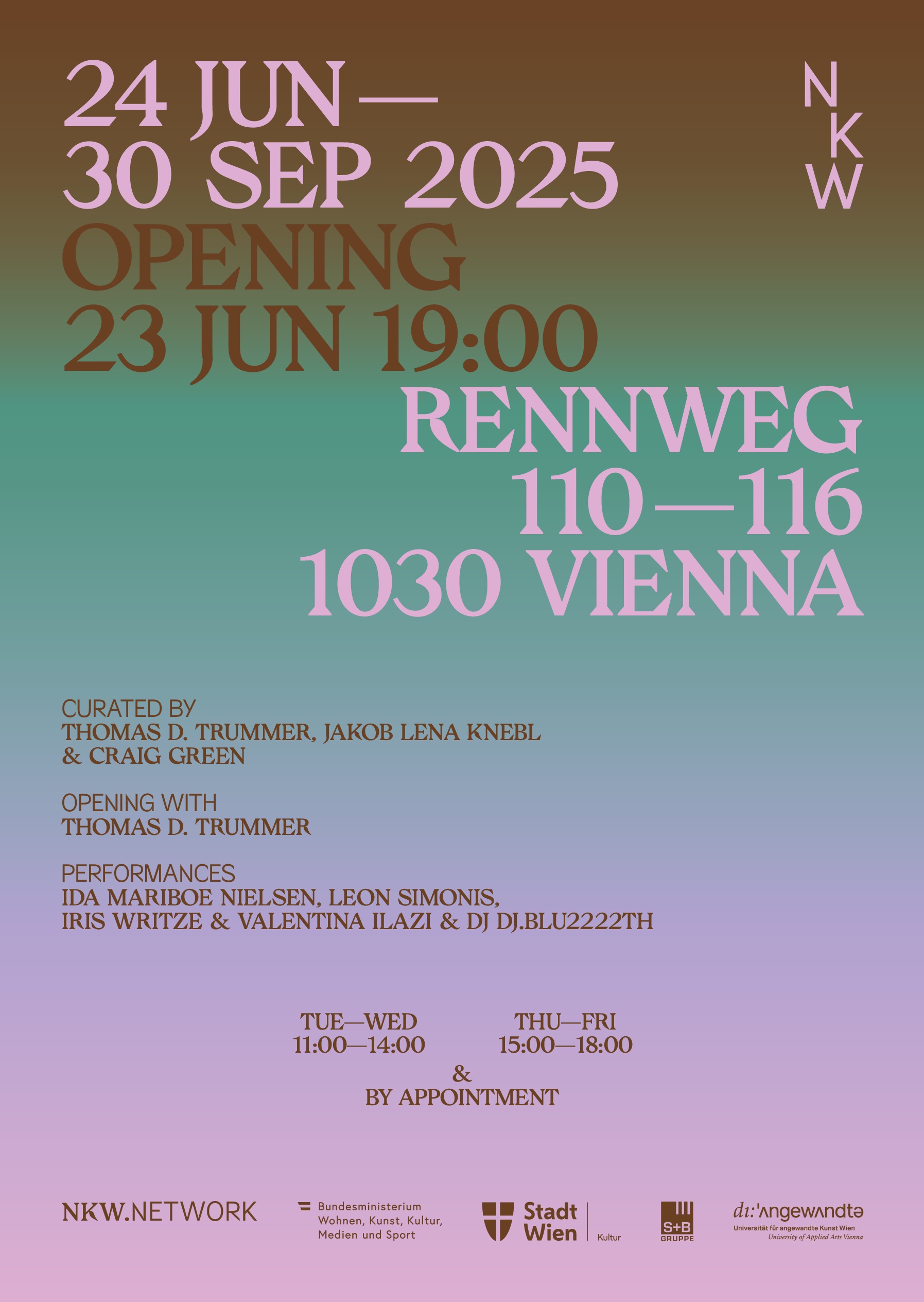Artists
Cris Anutoiu, Mina Banabak, Linda Bergstötter, Oskar Chodzinski, Finn Simon Clarke, Leon Cole, Margo Dubovska, Ganaël Dumreicher, Sophia Festini Sughi, Josepha Edbauer, Lea Gander, Benedikt Goetz, Emil Grall, Luna Maluna Gri, Fiona Ha, Raphael Haider, Johannes Hartmann, Yuto Hatakeyama, Emilie Heintschel, Leonie Holtkamp, Olha Horiunova, Jooyoung Hwang, Eliška Jahelková, Elias Jocher, Marlena Jonane, Jaiyun Lee, Ida Mariboe Nielsen, Hector May, Marie Matondo Nsimba, Kashi Meyer, Elias Milcic, Kamiya Moene, Anna Mutschlechner Dean, Hannah Neckel, Kristina Deska Nikolic, Juliana Nozomi, Brooklyn Pakathi, Jan Pančocha, Liam Pfefferkorn, Maximilian Prag, Angela Proyer, Camilla Ruh, Julia Sadlonova, Lea-Maraike Sambale, Leon Simonis, Valentino Skarwan, Paul Spendier, Marlene Stahl, Aaron Josi Sternbauer, Zador Szoke, Noah Tomic, Lorenz Wanker, Iris Writze
Curators
Thomas D. Trummer, Jakob Lena Knebl & Craig Green
Opening
23.06.2025, 7pm
Exhibition
24.06. – 30.09.2025
Location
Rennweg 110-116, Space 1 + 2
© NKW - Neuer Kunstverein Wien, photos: www.kunst-dokumentation.com, Manuel Carreon Lopez
The exhibition “TRANSMODULAR” brings together in various modules selected works by students, graduates and alumni of the class for Transmedia Art at the University of Applied Arts in Vienna, which is currently led by Jakob Lena Knebl, as well as results from the cooperation with the Fashion class under Craig Green.
The term transmediality refers to phenomena that unfold across several forms of expression - in other words, that transcend media without being bound to a specific form of expression or material. In art, transmediality can be made visible on various levels. This refers not only to the interplay of artistic genres such as painting, photography, film, sound or performance, but also to the interlocking of sensual, conceptual and cultural dimensions that are articulated across different channels. The decisive factor here is less the mere juxtaposition (as in the case of multimediality) or merging (as in the case of intermediality), but rather a movement that operates between, above or beyond individual media - or sets them in motion in the first place.
It is often processes of translation, quoting or commenting that set such a movement in motion. Transmediality means daring to take a step beyond existing conventions: on the one hand, to sharpen or anchor a statement by transcending a medium; on the other, to unleash a productive instability that opens up new questions, perspectives and aesthetic possibilities. Every form of transmedia work therefore contains a moment of expansion and opening - but also a moment of criticism, irritation and poetic displacement.
The works shown here do not present themselves as closed in a specific medium, but as operations and aesthetic experiments that circulate between media. In a transmedia practice, objects, the environment, the body, sexuality - and even one's own thinking - become materials that are interwoven with the media. The body, for example, can not only be represented visually, but is also performative, can be experienced sonically (through voice, breath, sound) and is subject to change. It can be technically extended - for example through prostheses, interfaces or cybernetic components - and is subject to cultural and linguistic codes that can be shifted and rewritten.
read more There is no doubt that transmediality is being accelerated by technological developments. In particular, digitalization and simulation technologies - such as artificial intelligence - have intensified transmedia processes and inscribed them deeply into everyday spaces of experience. However, the impulse to transcend media is by no means new. The metaphor itself already represents such a transfer - a semantic movement from one context of meaning to another. The Greek metaphorá (μεταφορά) is composed of metá- (“beyond”, “across”) and phérein (“to carry”, “to bring”). Literally, it means to shift, transfer - a carrying across a border, a change of plane.
In later interpretations, the metaphor was described as a vessel that allows meaning to overflow - an idea that can be transferred to transmediality. This can also be understood as a form of poetic-artistic transfer in which materiality merges into meaning - and meaning in turn reverts to new materialities. Transmediality thus becomes a moving metaphor, an aesthetic gesture of crossing borders, in which art is not fixed to one medium, but finds its own form in its medial traversals.
This perspective forms the conceptual basis of the exhibition: the works on display do not understand transmediality as a theme, but as a practice. They do not commit themselves to one medium, but utilize its permeability, its frictions, its transitions. They not only reflect medial forms - they make them visible, audible, perceptible. Transmediality is not depicted here, but performed.
Thomas D. Trummer, Bregenz 05 June 2025
read less
